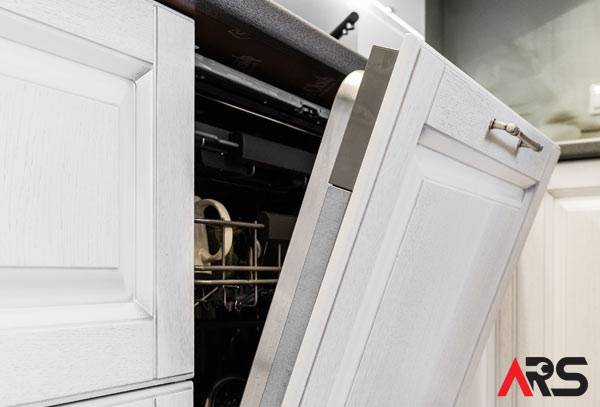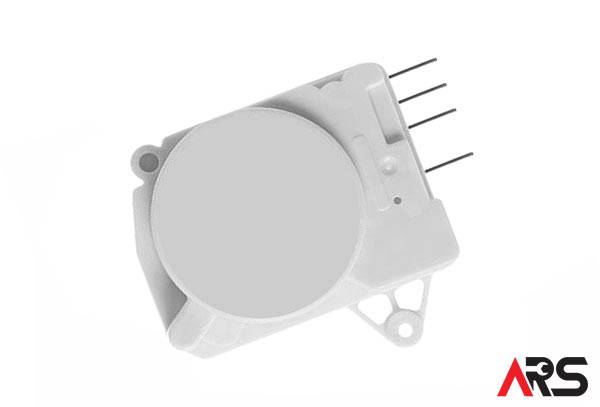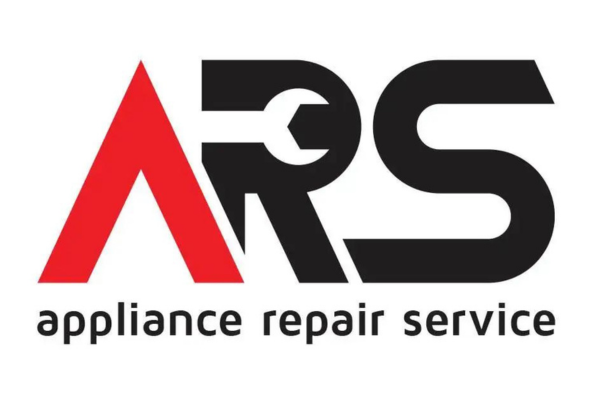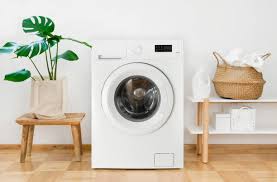Quick Symptoms Checklist
- Dryer runs but no heat
- Dryer will not start at all after pressing Start
- Cycle stops early and will not restart until the dryer cools
- Blown fuse found on the heater housing during inspection
- Repeated fuse failures after a few loads, often due to poor airflow
Safety First
- Unplug the dryer or switch off the dedicated breakers
- For gas dryers, close the gas shutoff valve and do not disturb gas fittings
- Wear gloves and eye protection, and support the back panel while removing screws
For model specific information and diagrams, see Whirlpool Product Help. Review home venting safety at the NFPA clothes dryer safety page.
What Is in Kit 279816
- Thermal cut off mounted on the heater housing near the top
- High limit thermostat mounted lower on the heater housing
- Jumper wire and terminals to update the harness as required
Because heat stress affects both devices, replace the cut off and the high limit together. Swapping only one often leads to an early repeat failure.
Tools You Will Need
- 1/4 inch nut driver or socket
- Flat blade screwdriver
- Needle nose pliers
- Wire cutter and stripper for the included jumper
- Multimeter for continuity tests (recommended)
Fast Airflow and Continuity Checks
- With the dryer unplugged, remove the lint screen and clean the housing with a vacuum.
- Disconnect the vent from the back and check for heavy lint. A restricted vent is the number one reason fuses blow.
- Access the heater housing area and test the current fuse and thermostat for continuity. A good part shows continuity. An open reading indicates a failed part.
Accessing the Heater Housing
- Unplug the dryer. Pull it forward for working space.
- Remove all screws holding the rear panel and set the panel aside. Also remove the small exhaust or blower cover if present.
- Locate the heater housing on the right side. The thermal cut off is near the top of this housing and the high limit thermostat sits lower.
Removing the Old Thermal Cut Off and High Limit Thermostat
- Photograph the wiring so you can match it later.
- Use needle nose pliers to pull the wire terminals straight off. Do not yank on the wires.
- Remove the 1/4 inch mounting screws and lift each device away from the housing.
Installing Kit 279816
- Mount the new thermal cut off at the top position and tighten the screws snugly.
- Mount the new high limit thermostat in the lower position.
- Prepare the jumper wire per the kit diagram. Trim and strip as needed, crimp the supplied terminals firmly, and tug test the connections.
- Reconnect the wires to the new parts. Use your photo and the kit diagram to confirm the correct positions, then install the jumper between the specified terminals.
- Inspect the heater housing for lint and clean thoroughly. Refit the rear panel and any small covers you removed.
After Installation
- Reconnect the vent and ensure it is short, smooth, and not crushed. Rigid metal duct with gentle elbows is preferred.
- Plug in the dryer and run Air Fluff for two minutes. Then run a timed heat cycle and verify steady heat with good airflow at the exterior vent.
- If the fuse blows again, the dryer likely has poor airflow or a stuck relay or element. Do not keep replacing fuses without correcting the root cause.
Common Root Causes of Blown Thermal Fuses
- Blocked vent or lint screen housing that traps heat
- Crushed flexible duct behind the dryer
- Failed cycling thermostat that allows runaway heat
- Heater element shorted to the housing, drawing heat constantly
- Relay on the control board stuck closed on some electronic models
When to Call a Professional
If you are not sure about wiring changes or you suspect a control board or heater short, book our dryer repair service. If you are servicing more than one appliance, see our full list of appliance repair services.
For drying performance concerns after a successful repair, this guide can help: Dryer Runs But Clothes Stay Damp.
FAQ
Where is the thermal fuse located on most Whirlpool style dryers?
On models that use kit 279816, the thermal cut off and the high limit thermostat mount on the metal heater housing at the rear right side of the cabinet.
What is the difference between a thermal fuse and a thermal cut off?
Both are safety devices that open when temperature exceeds a safe limit. The cut off is typically paired with a high limit thermostat on the heater housing. Many models use both and they should be replaced together.
Can I bypass the thermal fuse to test the dryer?
No. Bypassing removes a critical safety device and creates a fire risk. Always test with a meter and replace failed parts. Correct the airflow problem that caused the failure.
Why does my new fuse blow again right away?
Airflow is the most common issue. Clean the lint screen housing, blower wheel, internal ducts, and the entire vent run to the outside. Also check for a grounded heating element or a stuck relay on the control board.
Need help today Book dryer repair or call 866 415 3937. We serve Toronto, the GTA, and nearby communities with professional diagnostics and genuine parts.
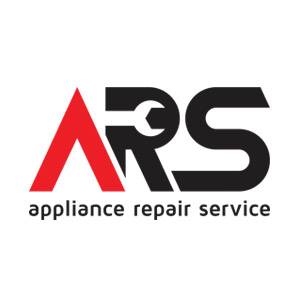
ARS Appliance Repair Service has been trusted across Toronto, Ottawa, and Southern Ontario for over a decade. Our licensed, manufacturer-authorized technicians specialize in repairing all major household and commercial appliances with genuine parts and warranty-backed service. From refrigerators and washers to ovens, dishwashers, and more, we restore appliances quickly, professionally, and correctly the first time, earning the confidence of homeowners and businesses throughout the region.
